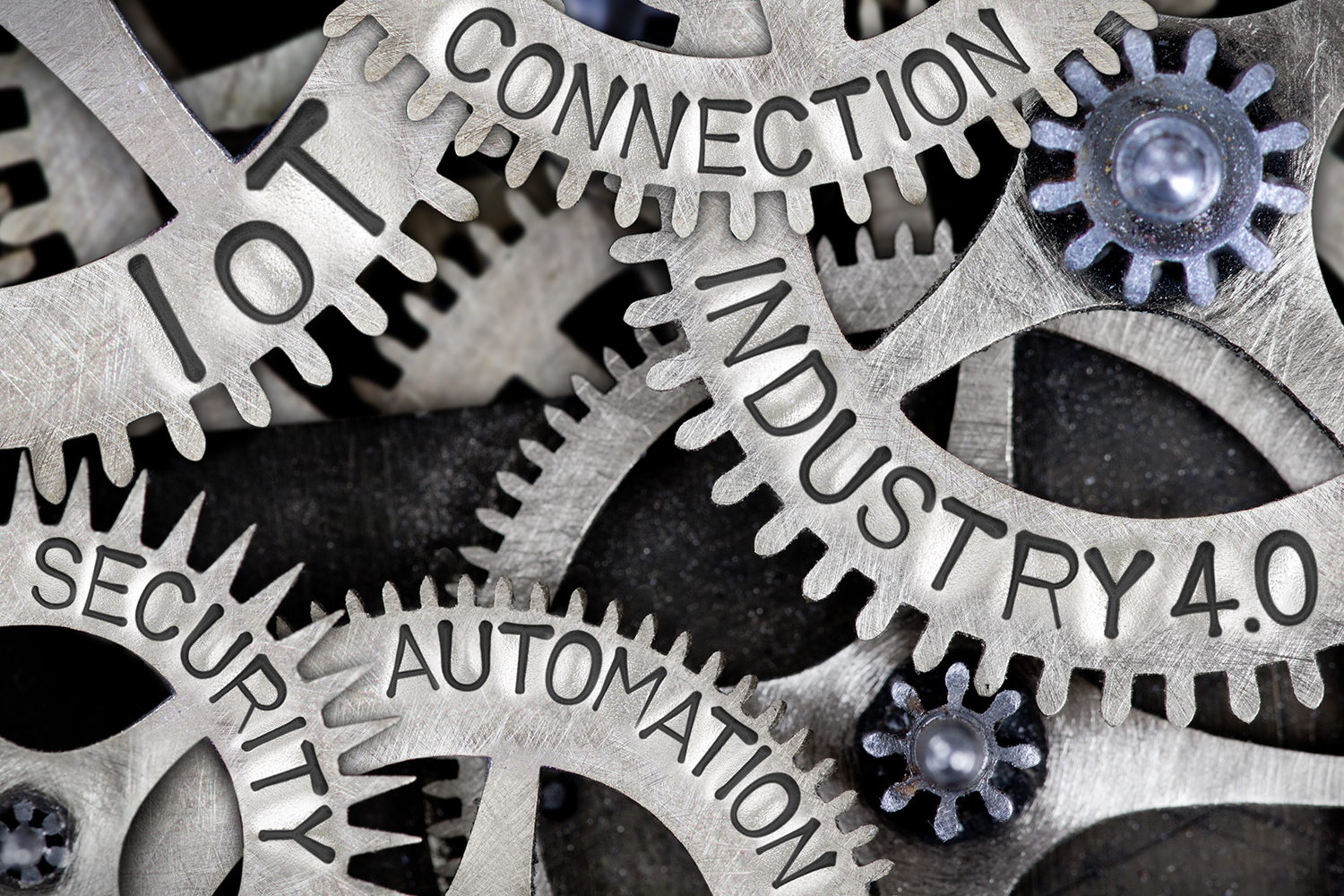
The situation:
In the advent of “Industry 4.0” most organizations in a manufacturing vertical are seeing new ways of doing business. These new ways of doing business are typically not optional, if keeping relevant in a competitive landscape are of importance. The digitization of manufacturing, or Industry 4.0 if you will, have brought a host of new standards to which manufacturing companies will either sink or swim. The “Internet of Things” is at the heart of this movement and it is driving these companies to:
- Deliver better analytics
- Increase automation and the use of robotics
- Add additional sensing technologies
- Improve upon existing processes
Equipped with these new technologies, power protection is now a priority to the manufacturing process. While sustained power outages are the most obvious disruption to the power equation at a plant level, power sags, spikes, and phase imbalances are now also at the forefront of that equation. In the yesteryears of manufacturing back-up power, in the form of a standby generator with enough batteries to bridge the gap between a utility outage and generator startup was all you really needed. In today’s manufacturing plant, the technologies being utilized operate in real time and are not tolerant to latency and anomalies in power conditions. Power disruptions and conditions like voltage sags, brown outs and voltage spikes can and will cause an entire set of headaches that include:
- Damage to equipment
- Loss of production
- Idle workforce
- Damage or loss of product and materials
- Loss of data
- Loss of revenue
- Damage to brand and image
Manufacturing plants rely on many critical systems in order to maintain operations. These systems include industrial and facility controls systems, industrial networks and communications, industrial computers on the plant floor, and control rooms that support edge computing. These systems are responsible for the exchange of critical real time data between machines and sensors on the plant floor as well as to control rooms for reporting, AI, and other data sciences. Without any one of these systems, production comes to a halt. You might think of adding a critical power solution for these systems much like having an insurance policy for your processes, assets, and facilities.
To add to the need for reliable power in a plant environment, the frequency and severity of utility power interruptions are on the rise. In fact, it has been studied that power outages in the USA doubled every five years between 2000 and 2014. Even though these numbers may seem staggering, many source power events still come from within a facility, which increase the need for reliable power within the plant. Even a momentary interruption of power can be devastating to a manufacturing process, as the industry average cost of downtime can range from $50,000 – $6.5M per hour.
The solution:
With so much at stake, most manufactures are looking for ways to remain operational and protect against downtime in the event of a power related incident. Manufactures need to find ways to improve productivity, equipment effectiveness, and reduce preventative disruptions that can arise from power failures. There are two schools of thought when adding critical power systems in a manufacturing plant environment:
- Centralized System. This type of critical power system includes the use of a single larger sized critical power system (or two for redundancy) that can carry the total load of all critical systems on the plant floor. A centralized system gives an organization a simplified way to manage and maintain critical power, allows for better control, and has the potential for fewer failures. Centralized critical power systems have a lower total cost of operation and alleviates the amount of time associated with maintaining multiple solutions and managing multiple solution providers.
- Decentralized Systems. As the name implies, this solution involves adding several critical power systems to protect from power anomalies and outages. These critical power systems need to be added to each of the individual systems that are deemed critical to the manufacturing process. Albeit this solution may have a lower upfront cost, it also brings with it some inherent challenges. As the number of critical power systems in a plant goes up, so does the complexity of managing and maintaining multiple decentralized systems. It is not uncommon when trying to manage multiple critical power systems that regular maintenance gets overlooked, and in turn increases failure rates when you need power protection the most.
If you are in the manufacturing business and would like to discuss your critical power needs or would like to learn more about how 2NSystems can help you, please contact us. We would love to hear from you.
For more information or questions, please contact us at: (952) 657-7006, Extension 108 or sales@2NSystems.com.
Written by Jason Tannahill – Sales Executive, 2NSystems